Flymen Blog
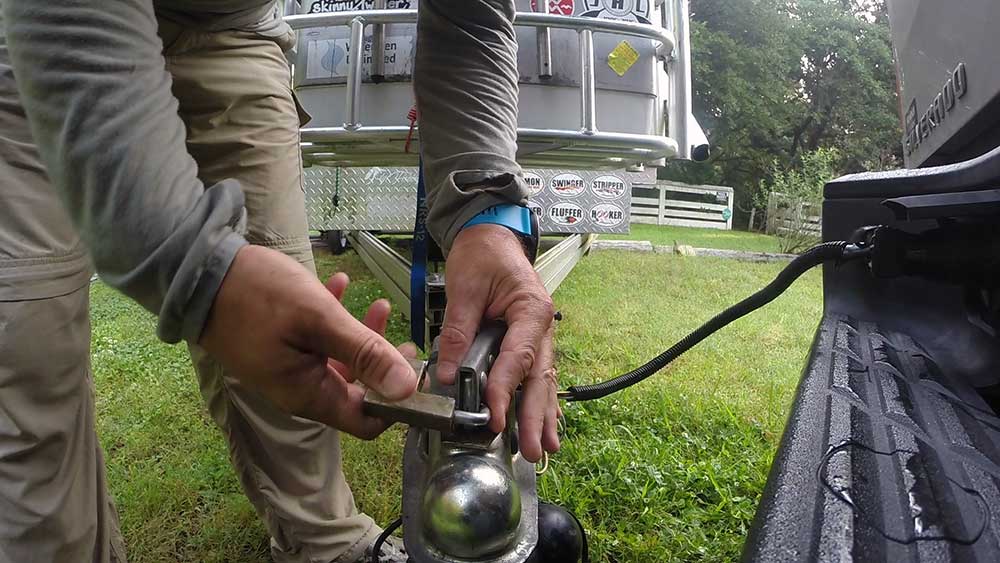
“Rod, Reel, Pack, Waders, Boots, Lanyard. Oh Yea, Socks!”
I have repeated this mental checklist at least 1,500 times over the last 10 years.
Being organized from the moment you leave the house to having an organizational system in place for when you’re on the water will keep you fishing more and spending less time looking for that stream thermometer you left at home anyway!
I started getting organized in my fishing habits after arriving at the South Holston River (a 2.5-hour drive for me) one winter day and realized that in my morning grog (or hangover if I’m being honest) I took off with no waders and no reel.
I vowed that would never happen again.
Here are my tricks for never again showing up at the river without a rod or boots or a reel or fly boxes – something that each of us has done, even if we’ll only admit to ourselves that we went on a hike that one day instead of fishing because we packed two left-foot boots!
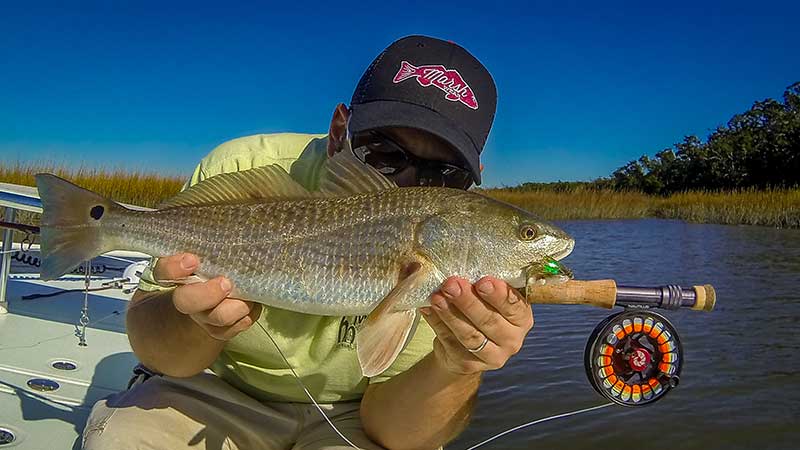
I’ve been lucky enough to target redfish on the fly in North Carolina for over ten years.
Through a lot of trial and error, I’ve picked up on a few things that I’d love to pass on to you.
Throughout the South you can target redfish year-round. Each season is different, so you need to switch up your tactics to stay successful.
When most fly anglers think of summer redfish, they envision flood tides and copper tails waving in the green Spartina grass. Me too. Tailing reds are a definite favorite of mine.
Unfortunately, the reality is that you only get a handful of tailing tides that fall during daylight hours each month.
Low tides, on the other hand, are available on a daily basis and can provide for some great fly fishing opportunities.
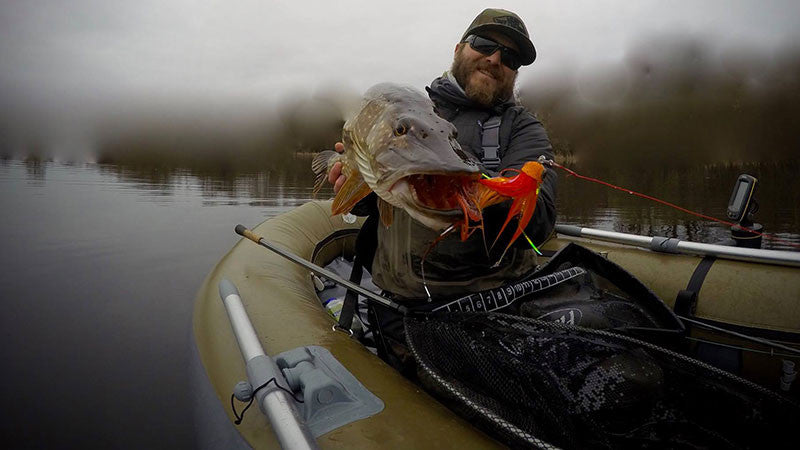
The Esox family has evolved over thousands of years to give us a top predator to chase on the fly.
These beasts' senses are tuned to the max.
One sense that is important for pikes/muskies is the lateral line, a system of tactile sense organs located in the head and along both sides of the body, used to detect movement and vibration in the surrounding water.
They use their lateral line in conjunction with their sight to give them a more accurate picture of what’s going on – how far away their prey is, how fast it's moving, and its size.
The lateral line is often forgotten by the fly angler. We tie pretty flies, but most of them have a very small footprint in the water. I'm not saying these don’t work, but why not maximize your chances of attracting more fish or perhaps bigger fish?
So how can you make a loud fly?
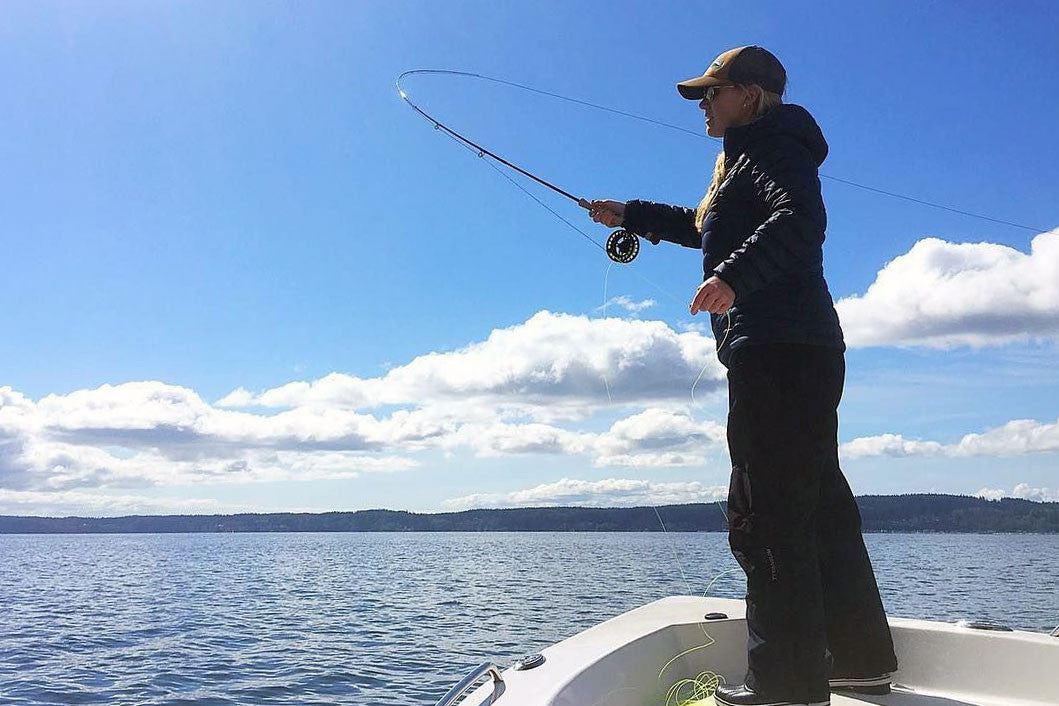
'Tis the season for fishing, sun, and, in some cases, being a tourist in another state on another trout stream or bass pond.
And because all fly anglers are magnetically attracted to every fly shop within a 100-mile radius, this means visiting new fly shops too.
After many years working in and guiding out of a fly shop, I compiled a list of the do's and don'ts of fly shop patronage to help you make your trip more successful.
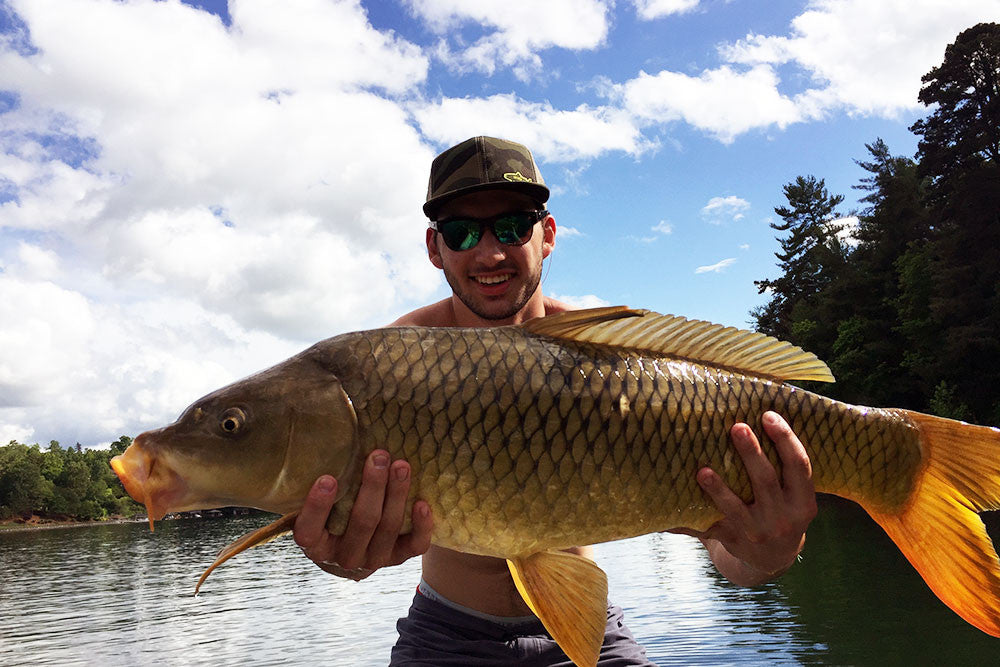
Carp have been rising up on the list of desired freshwater fish to experience on the fly.
Some will even go so far as to compare this freshwater monster to the notorious bonefish, earning the carp the nickname of the golden bone.
Many factors will greatly determine your success rate when fly fishing for carp. To name a few: location, mood, posture of the fish, and time of year.
If you've been wanting to try your hand at chasing these golden ghosts of the shallows, here are 3 tips you must know to get in the action with these easily spooked creatures.






